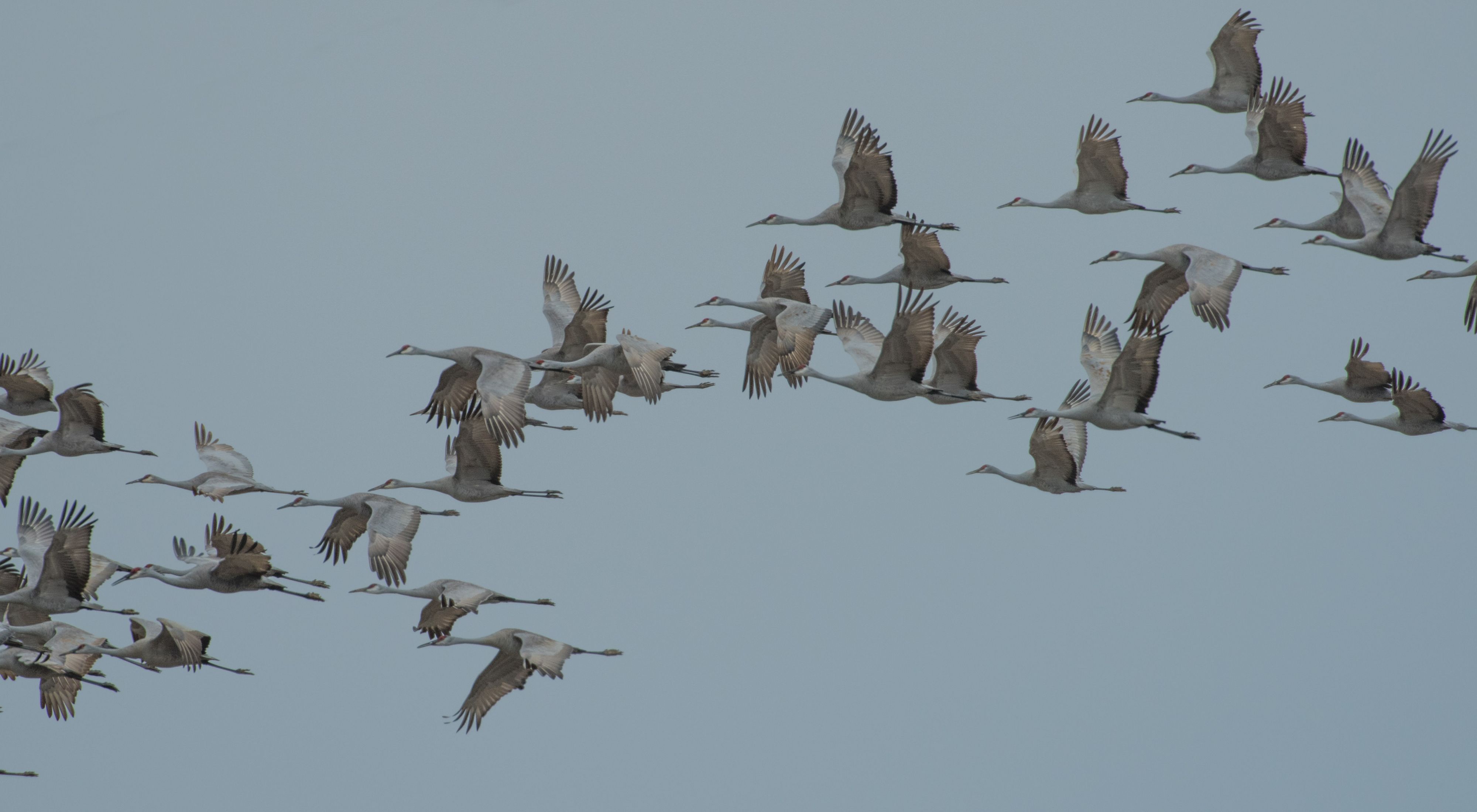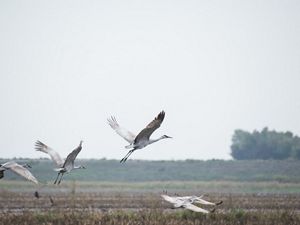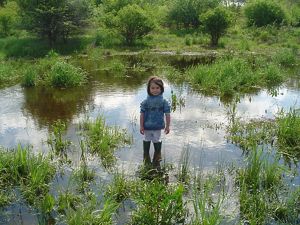Sandhill Crane
Standing more than a meter tall and boasting a wingspan of 2 meters, this amazing bird can be spotted in a wide range of U.S. states and Canada.
Every spring, bird watchers flock to the outdoors to watch the bird migrations. One species that is always breathtaking to spot as its massive wingspan engulfs the sky is the sandhill crane.
These striking birds stand between 1.0-1.2m tall and boast a wingspan that stretches up to 2.0m . In addition to their distinctive height, the sandhill crane sports a recognizable red crown that contrasts with their rust or grey plumage—making them an unmistakable species.
In honor of these astounding birds, here are some fun facts you may not know about sandhill cranes.

Sandhill Crane Facts
1) You can spot sandhill cranes almost anywhere from Mexico to Siberia depending on the season.
Of the 15 crane species in the world, sandhill cranes are the most numerous and wide-ranging. In North America, there are several recognized subspecies, including two non-migratory populations that are each restricted to Mississippi and Florida. Sandhill cranes are incredibly strong flyers, and may fly as many as 400 miles in one day during migration.
Winter: At the start of the year, sandhill cranes are typically found in the Southern part of the United States and near the northern border of Mexico. They can be spotted in specific locations in California, Texas, Florida and various other southern states during late winter months.
Spring: In Early Spring, sandhill cranes migrate north and can be seen in a variety of states in the West and Midwest, including Colorado, New Mexico, Nebraska, Montana, Illinois and Indiana. 80 percent of all sandhill cranes in North America use a 75-mile stretch of Nebraska’s Platte River during spring migration. From March to April, more than 500,000 birds spend time in the area preparing for the long journey north to their breeding grounds in Canada and Alaska.
Summer: As summer approaches sandhill cranes are usually spotted in the most northern regions of the contiguous U.S. and in Canada and Alaska. About one-third of the entire North American population of sandhill cranes breeds in the boreal forest of Canada and Alaska. Outside of the Americas, they can be found as far north as Siberia.
Fall: As fall approaches, the cranes then reverse this treacherous journey and start to head South again.
Want More Nature News?
Sign up for our monthly e-newsletter to get even more nature news right in your inbox
2) Sandhill cranes are great dancers.
Sandhill cranes’ most famous behavior is their dancing ritual. The dance starts when a male crane has gained the attention of a female, and they both present an elegant low bow. This bow is followed by a series of specific movements, calls and leaps- creating a stunning sight for any onlooker.
While this incredible dance is often associated with courtship, it can be seen year-round. Once the dance has been started by a pair, it can rapidly spread through the entire flock
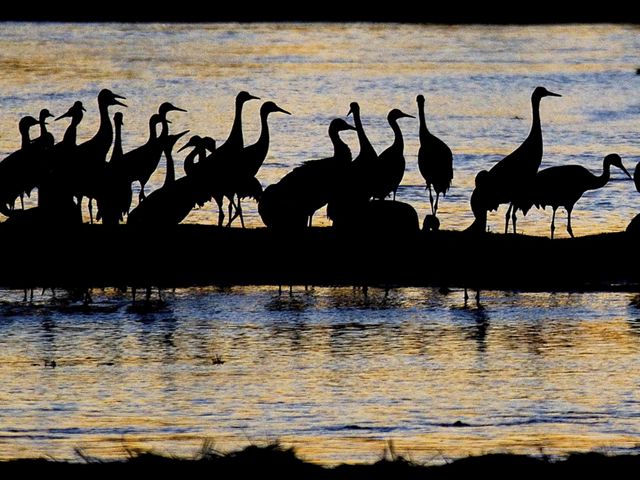
3) Sandhill cranes have at least eighteen different vocalizations.
Sandhill cranes produce a variety of calls of differing intensity and volume that are used in different social contexts. The calls range from a piercing rattle that can be heard from four kilometers away to low purrs that only carry a few meters. Rattle calls can be sung in unison, with several members of the flock joining to create a cacophony of noise. By contrast, the quiet purrs are often heard just before cranes take-off, while they are feeding, or as a sign of aggression.
Sandhill cranes have several other calls, including the trill and peep noises they ouse as young hatchlings—or even from within the egg. Cranes have also been observed making a snoring-like call while roosting. Sandhill cranes use their various calls to communicate different information to their mates or to the rest of the flock.
4) The sandhill crane is one of the oldest bird species and has been around for at least 2 million years.
Sandhill cranes have been on Earth for an incredibly long time. The Sandhill Crane is among the oldest species of bird, with fossils dating back at least two million years.
Some scientists speculate that these ancient animals could be up to six million years old. A crane fossil found in Nebraska, estimated to be about 10 million years old, is thought to be a close relative of the modern sandhill crane.
Despite this longevity, with the expansion of European settlers into the western U.S., the population of Sandhill Cranes had dropped to record lows by the 1960s. Numbers have recovered considerably since then.

5) People love to celebrate sandhill cranes.
The beauty of sandhill cranes has permeated cultures all over the world, and the species has captured the attention of many groups throughout history. There are at least ten annual sandhill crane festivals around the U.S. from Tennessee to Washington. Colorado alone has two!
The Monte Vista Crane Festival commemorates the thousands of sandhill cranes that meet in the Monte Vista National Wildlife refuge. Cranes have been passing though this area of Colorado for hundreds of years and they are traditionally met by an onslaught of eager birdwatchers trying to get a glimpse of these elegant creatures. The cranes arrive in this area mid-February and leave by early April.
The Yampa Valley Crane Festival celebrates the Sandhill Cranes nesting and raising their young in the Yampa Valley. The Colorado Crane Conservation Coalition runs this festival in order to celebrate this majestic bird and educate the public.
The Nebraska Crane Festival is a month-long spring celebration of the cranes' migration through the Nebraska flyway.
The Lodi Sandhill Crane Festival happens every fall when cranse return to the California Delta.
_4000x2200.jpg?crop=900%2C0%2C2200%2C2200&wid=270&hei=270&scl=8.148148148148149)
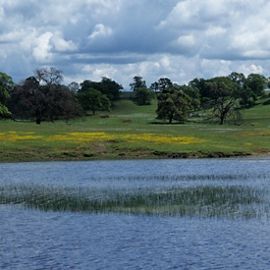
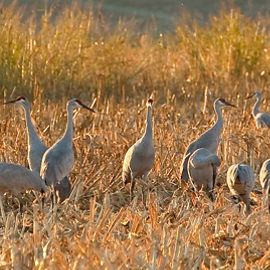
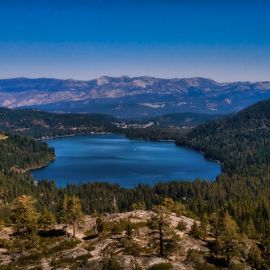

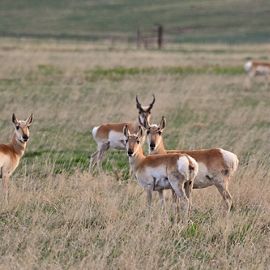
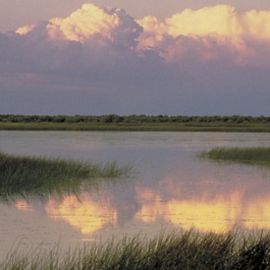
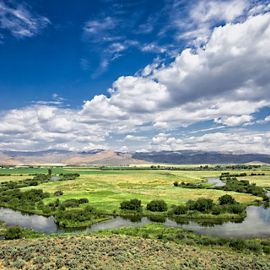
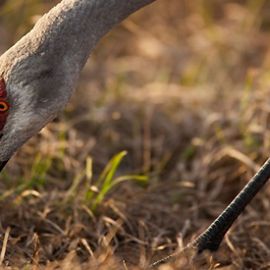
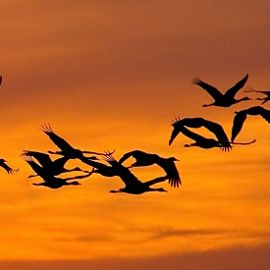
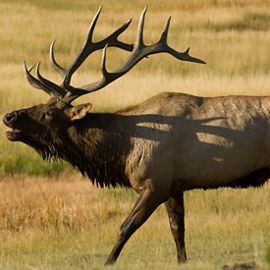
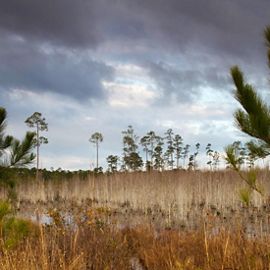
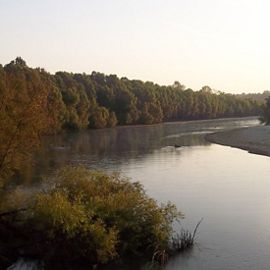
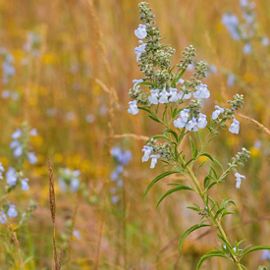
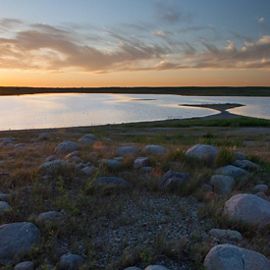
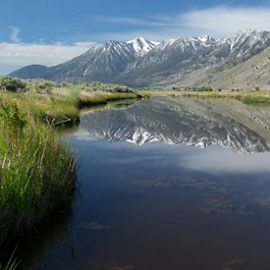
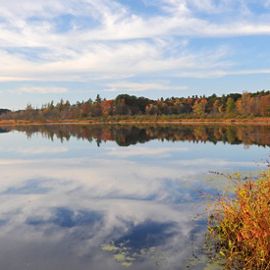

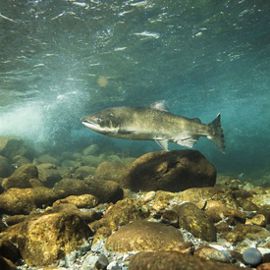
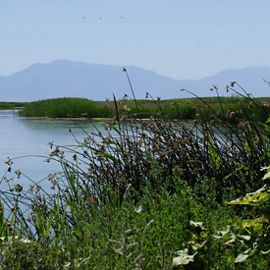
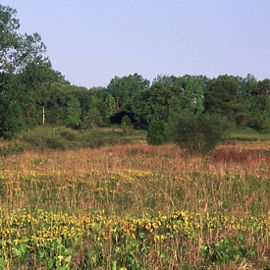

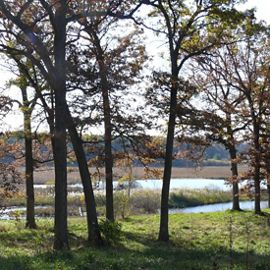
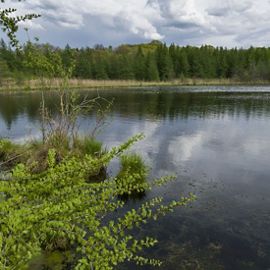
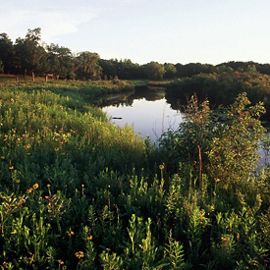
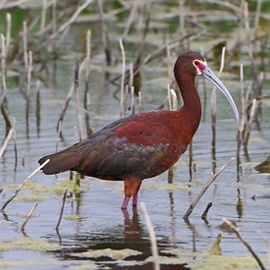

TNC Preserves and Projects with Sandhill Cranes
Crane or Heron?
Though cranes and herons share some superficial similarities, they are actually only distantly related. Learn how they differ.
Protecting the Sandhill Crane
Sandhill cranes rely on open freshwater wetlands for most of their lifecycle. Degradation of these kinds of wetland habitats is among the most pressing threats to the survival of sandhill cranes.
Sandhill cranes are the most numerous of the world’s crane species. According to the North American Breeding Bird Survey, their populations have been increasing at an annual rate of five percent per year since the mid-1960s, due to wetland restoration and abundant food on agricultural lands.
Even despite this rebound, however, the sandhill crane remains on endangered species lists in some states, including California. Some of the non-migratory sub-populations in Mississippi, Florida and Cuba have not fared as well and are still in decline.
In California, TNC researchers are studying sandhill crane numbers by using drones. Further east in Nebraska, TNC is taking steps to protect vital crane habitat along the Platte River. By maintaining sufficient water levels along the Platte and keeping invasive species out of the river corridor, TNC hopes to see continued health and growth of crane populations.
